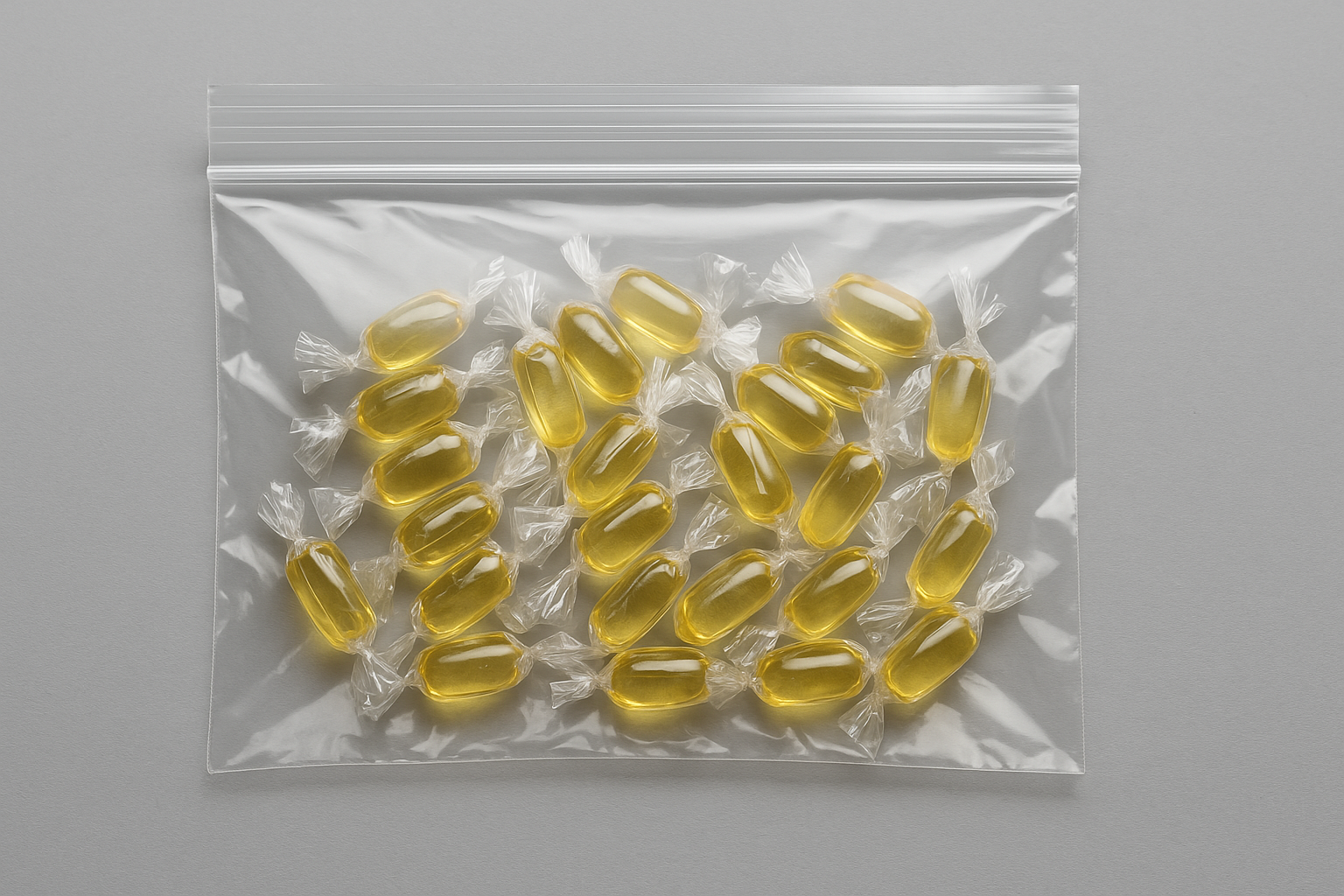The sources of omega 3 supplements
Omega 3 supplements come from different sources, exhibiting variable forms of fatty acids (triglyceride, phospholipid, etc.), different bioavailability, purity, composition, and of course sustainable sourcing. There exist mainly two ways to classify the different omega 3 sources: by exact raw material and by the direct bioavailability of the omega 3 composition. To clarify the approach, omega 3 fatty acids come mainly in two compositional profiles: the first, with the high absorption rates, is composed mainly by DHA and EPA. The second has high levels of ALA, which is a precursor to DHA and EPA, and can be converted to them in the human body, but in low efficiencies (~ 15%).
The main commercial source of omega 3s is currently fish oil (marine fish). Oily fish such as anchovies, sardines, tuna, mackerel, or salmon are commonly used for its extraction. About 30% of the fish oil can be extracted as omega 3s, with a high DHA and EPA content. In the market, 1000mg capsules can be found containing around 180mg EPA and 120mg DHA in the case of non- concentrated omega 3s, but many commercial products contain up to 80% (800 mg of omega 3s) of their weight. Fish oil comes in triglyceride form, and in many cases has a content of vitamins as well. High quality fish oils are extracted from the main mass of the fish and then distilled several times to remove mostly oceanic contaminants such as mercury, PCBs, dioxins, and others. MVS Pharma only uses the highest- distilled fish oils in the market (and produces the necessary certificates). The main advantages of fish oil as the source of the omega 3s are:
n the lower cost for extraction,
n high bioavailability due to high DHA and EPA content and triglyceride form,
n known process to a highly purified and safe product,
n and (till now) availability of the source material.
However, increased need for omega 3s could prove unsustainable in the future due to fish population concerns.

Krill oil is another source of omega 3s, sourced from the Antarctic krill (very small shrimp- like zooplankton). The main difference to the fish oil is that most of the omega 3s come in a phospholipid form. This is a benefit, since the phospholipid structure can be incorporated into cell membranes faster and thus exhibits higher bioavailability than omega 3s from fish oil. In general, krill oil contains lower amounts of omega 3s than fish oil; as an average 120 mg EPA and 60 mg DHA are found in 1000mg krill oil, but studies have shown that the increased bioavailability (among other factors) makes the 1000mg capsules of fish oil and krill oil equivalent in terms of performance. The major issues with krill oil are mainly two:
n due to harvesting engineering issues (much smaller size than fish), it becomes costlier to use as the raw material
n Krill is food for whales and seals and its harvesting can disrupt the ecosystem in the Antarctic
An additional advantage of Krill oil is that it contains astaxanthin, a red orange carotenoid antioxidant that not only naturally protects the oil from oxidation and degradation, but it also confers added health benefits to the user (anti- oxidant, anti-inflammatory). The higher absorption rates and bioavailability make it possible to use much smaller capsules, in the 500mg range.

Algal oil could be the future of omega 3s supplements. In reality, when you are buying fish oil, you are actually purchasing algal based omega 3s. Fish accumulate omega 3s rather than producing them as they consume micro algae or other fish that consumed algae. Algal omega 3s are characterized by higher DHA concentrations, and lower EPA ones. A typical 1000 mg algal oil can contain up to 400mg of DHA, with some much lower EPA. Algal oil offers many distinct advantages over fish oil, such as:
- Great option for vegetarians and vegans or people with other ethical concerns
- High bioavailability (DHA, some EPA, no ALA)
- Free from ocean pollutants
- Sustainable source: algae can be grown rapidly in any part of the world
- Triglyceride form of the oil, thus well absorbed
Algal oil is specifically used in prenatal supplementation, since DHA is crucial to fetal brain development and there is no heavy metal contamination risk. Currently there are only two points of concern which are being worked on:
- The higher cost for the manufacturing process, which is being reduced with technological breakthroughs
- The low composition of EPA, which is mitigated by screening algal species and creating new ones
Plant based oils are also a source of omega 3s, and mainly ALA. The richest sources of omega 3s comprise Flaxseed oil (up to 60% ALA by weight), Chia oil (up to 60%), Perilla oil (up to 60%), and hemp oil (up to 20%). Other plant oils also contain ALA, but at much lower composition making the extraction process costlier (canola oil, soybean oil, up to 11% by weight). One note in all cases is that the content is almost exclusively ALA, which has to be converted to EPA and DHA in the body (an inefficient process, up to 5-15% conversion). It becomes apparent that plant oil formulations cannot directly compete with rich DHA/ EPA compositions coming from fish oil or algal oil. However, they are still of significant importance since they present other health benefits, including inflammation reduction and lipid profiles improvement. Furthermore, commercial products offer ‘omega 3-6-9’ blends to provide a ‘broad spectrum’ of fatty acids, with general health effects. Sustainability is a significant advantage of plant oils as the source of omega 3s.
Other ‘marine’ oils also exist that can be classified outside the general ‘fish oil’s classification. Such oils include:
- Cod liver oil, up to 20% omega 3s, and high content of vitamins A and D. It has been used traditionally for vitamin D deficiency in kids. However, there are concerns regarding over-dosing with vitamins A and D.
- Mussel oil, containing unique actives
- Calanus oil, containing wax esters that slow down digestion and improve omega 3s uptake
In summary, fish, krill and algal provide enhanced EPA and DHA profiles. Bioavailability is high when high DHA and EPA contents exist, especially in triglyceride form. Today’s top option is fish oil as a source, but tomorrow it could be algal oil pending technological advancements. We, in MVS Pharma and SinodosChemistry, are dedicated to providing the highest quality omega 3s, and our choice today is the top manufacturer of multi- distilled, high-concentrated omega 3s fish oil.
